

Damion Smy
Boxy new KGM Musso unveiled to take on HiLux and Ranger ahead of Australian launch
13 Hours Ago
Mitsubishi Motors Australia has finally been victorious before the High Court after lower court rulings had found it had misled a customer.

News Editor
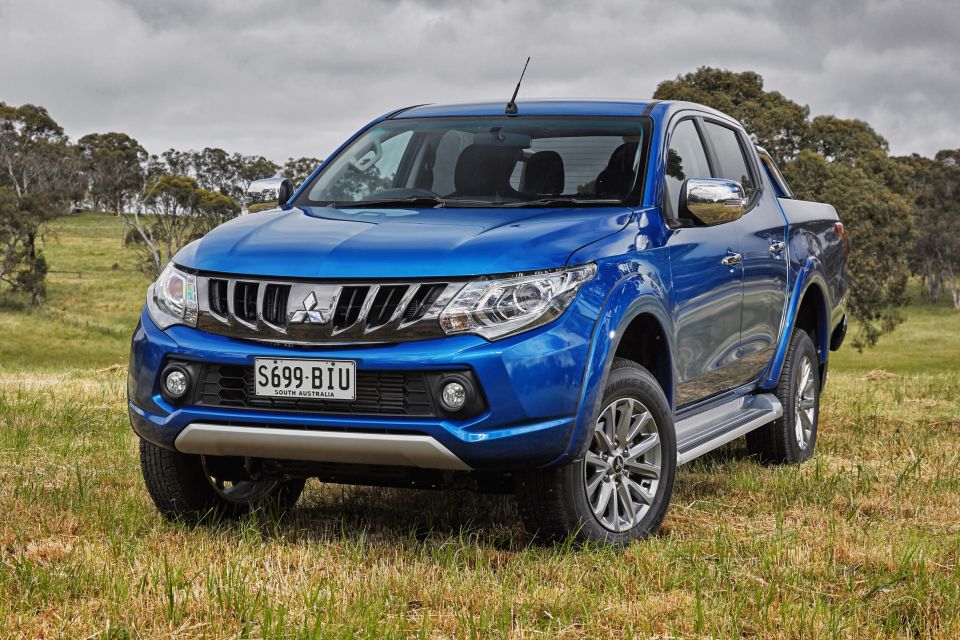

News Editor
The High Court of Australia has found Mitsubishi Motors Australia didn’t engage in misleading conduct for complying with a fuel economy labelling law.
The judgement in Mitsubishi Motors Australia Ltd & Anor v Begovic was handed down today, with the High Court finding unanimously in favour of the car company over Zelko Begovic, the owner of a 2016 Mitsubishi Triton who had sought legal action over a “misleading” fuel consumption sticker.
“In circumstances where the appellants were bound, respectively, to apply and to maintain the fuel consumption label on the respondent’s vehicle, a label the form and content of which were dictated by [Australian Design Rule] 81/02, the appellants did not, by that conduct, breach s 18 of the Australian Consumer Law,” the judgement reads.
“Accordingly, it was unnecessary for the Court to consider the second ground of appeal.”
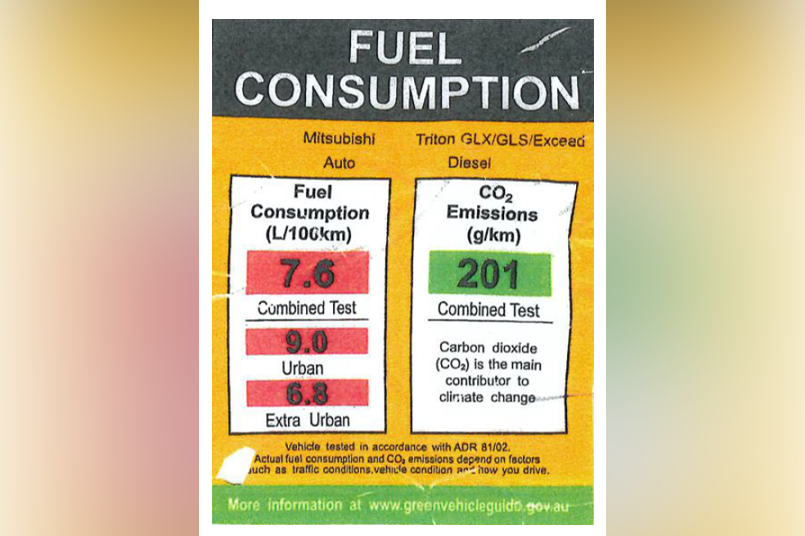
The Court has ruled Mr Begovic’s application to the Victorian Civil and Administrative Tribunal (VCAT) be dismissed, though Mitsubishi and the dealer, Northpark, must pay the respondent’s costs of the application for special leave to appeal and the appeal.
Mr Begovic had taken Mitsubishi to VCAT after observing his vehicle’s fuel economy didn’t match the window sticker, and sought a full refund of the purchase price.
He was successful before VCAT, which ordered Northpark, the dealer that sold him the car, to pay him the purchase price of the vehicle and take it back.
Mitsubishi sought and obtained leave to appeal to the Supreme Court of Victoria on questions of law.
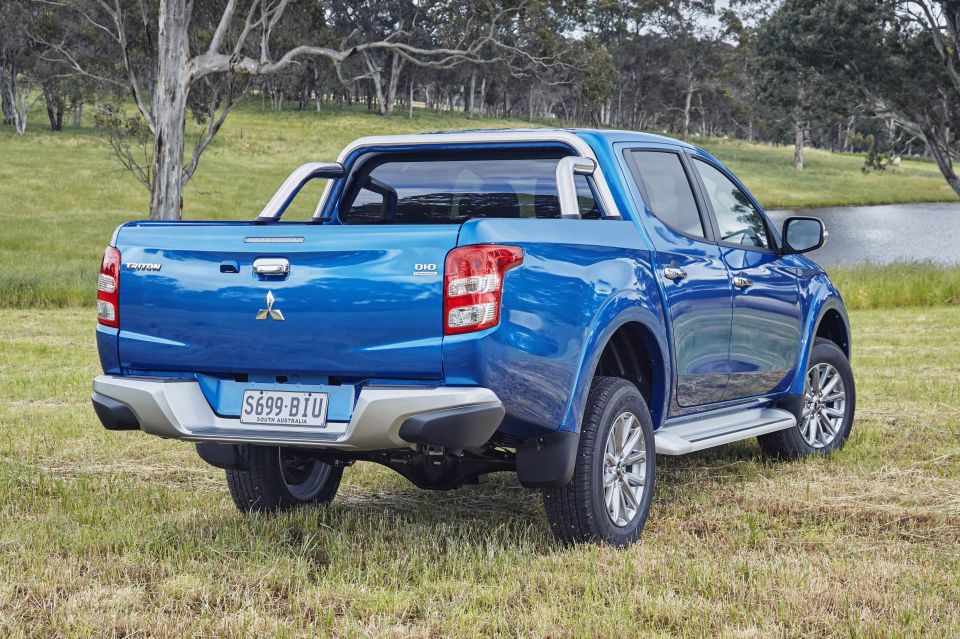
It sought a ruling on whether a car company that has affixed such a label, required by law, could be found to have contravened Australian Consumer Law, or what’s referred to as “the mandatory conduct ground”.
The Supreme Court of Victoria found that, as the fuel economy figures were based on a prescribed laboratory test, they were misleading.
Mitsubishi in turn appealed Justice Ginnane’s conclusion of misleading or deceptive conduct to the Court of Appeal, which unanimously dismissed the appeal.
The Court of Appeal found the Motor Vehicle Standards Act (1989) and ADR 81/02 didn’t require the company or dealer to “offer such a vehicle for sale in the first place”, much less “require that a vehicle be offered for sale in circumstances where the representation in the label is misleading or deceptive in respect of that vehicle”.

The High Court of Australia granted Mitsubishi Motors Australia special leave to appeal against the Court of Appeal’s decision.
“Mitsubishi Motors welcomes the High Court of Australia’s judgment,” said a spokesperson for the car company.
“Mitsubishi Motors is committed to compliance with the law and the highest standards of ethical behaviour, and we will continue to do so.”
The Federal Chamber of Automotive Industries (FCAI), the peak body for car companies in Australia, has also praised the High Court’s decision.
“The judgement is a victory for common sense and backs in government-mandated fuel consumption labels,” said FCAI chief executive Tony Weber.
In early 2017 Zelko Begovic bought a brand new 2016 Mitsubishi Triton GLS 4×4 automatic from Berwick Mitsubishi in the south-eastern suburbs of Melbourne.
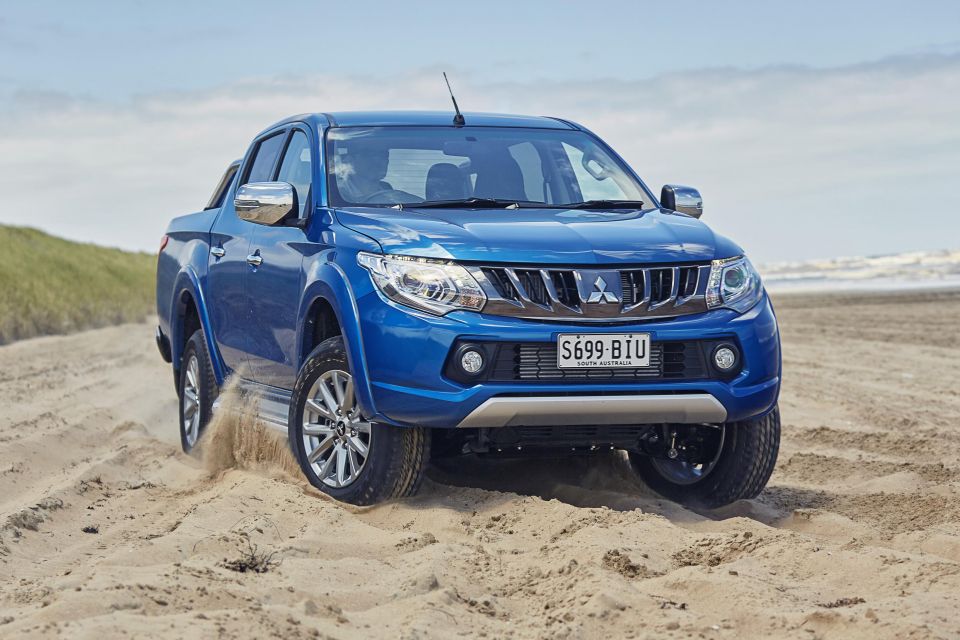
According to the Motor Vehicle Standards Act (1989), a fuel consumption label is required to be displayed on the front windscreen of the vehicle and include the ‘urban’, ‘extra urban’ and ‘combined test’ fuel consumption figures for the vehicle.
Mr Begovic’s 2017 Mitsubishi Triton was claimed to consume 9.0L/100km on the urban test, 6.8L/100km on the extra urban test, and 7.6L/100km on the combined test according to the windscreen sticker.
After realising the ute was consuming more fuel than what was listed on the label, Mr Begovic had an expert conduct independent testing of his ute in laboratory settings. At the time of the testing the ute was two years old and had done 50,000km.
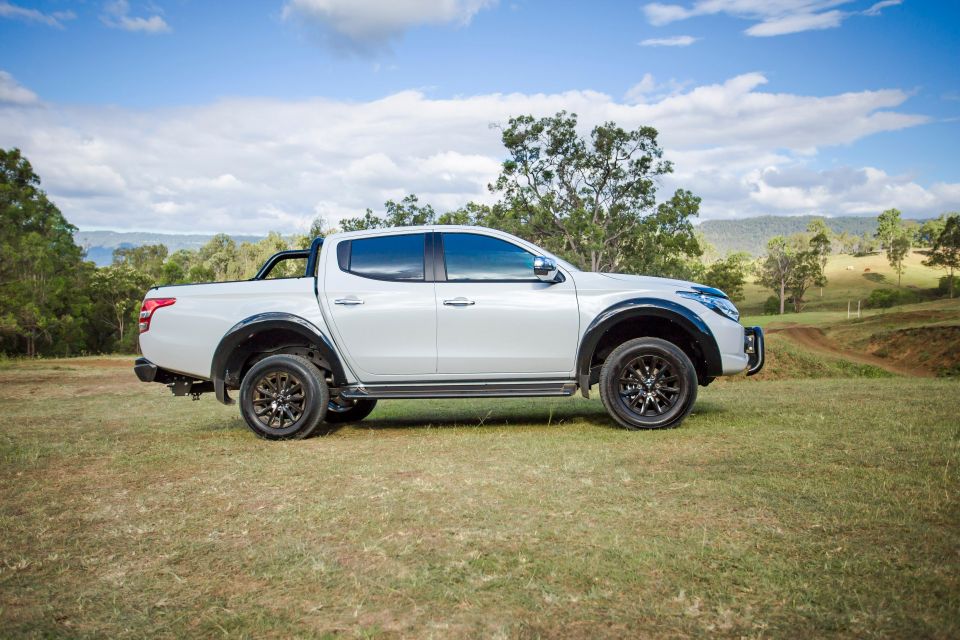
The expert’s testing found Mr Begovic’s ute consumed 10.6L/100km on the urban test (a 17.8 per cent difference), 9.3L/100km on the extra urban test (36.8 per cent difference), and 9.6L/100km on the combined test (26.6 per cent difference).
They also conducted a different “heavy, high speed” driving cycle test where the ute consumed 10.6L/100km.
Mitsubishi Motors Australia argued to the High Court it had been penalised for breaking one law in order to comply with another.
This is because it’s required to have a sticker on the windscreen with the results of a standard test before it can be sold.
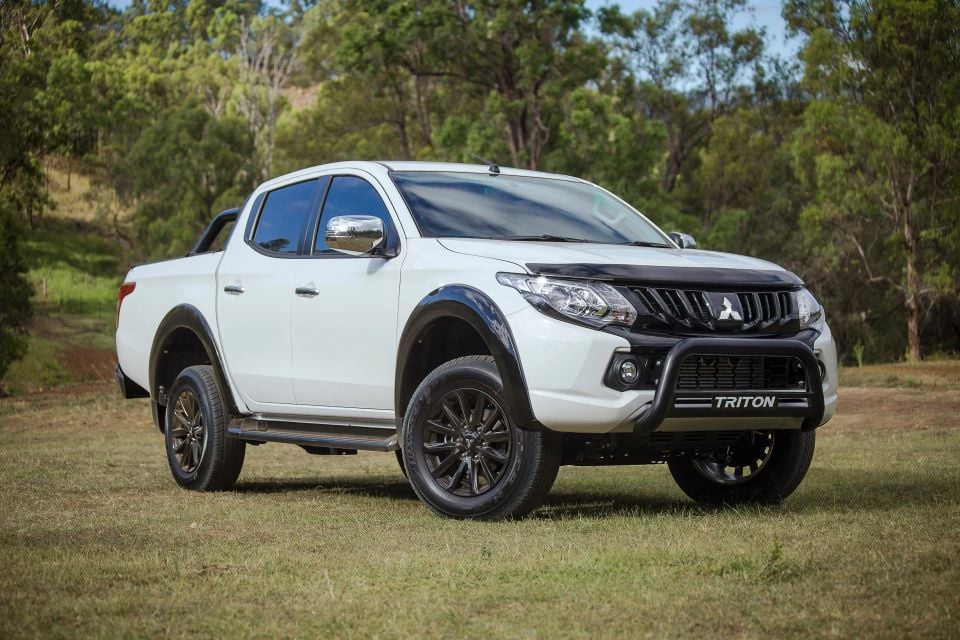
Mitsubishi argued it’s not reasonable the results from compulsory standard tests should put them in breach of consumer laws.
“To avoid such liability, a dealer would presumably have to test every new vehicle supplied to ensure that it consumed fuel at the same or substantially the same rate as that stated in the label, something the Court of Appeal itself described as ‘extraordinarily extensive and unnecessary’,” said lawyers for Mitsubishi in their written submissions.
“Even then, no test could be performed that would guarantee a vehicle would continue to consume fuel at the same or substantially the same as stated on the label for an indefinite period.”
Where expert car reviews meet expert car buying – CarExpert gives you trusted advice, personalised service and real savings on your next new car.
William Stopford is an automotive journalist with a passion for mainstream cars, automotive history and overseas auto markets.


Damion Smy
13 Hours Ago


Damion Smy
14 Hours Ago


Damion Smy
16 Hours Ago


Damion Smy
18 Hours Ago


Damion Smy
19 Hours Ago


Damion Smy
20 Hours Ago